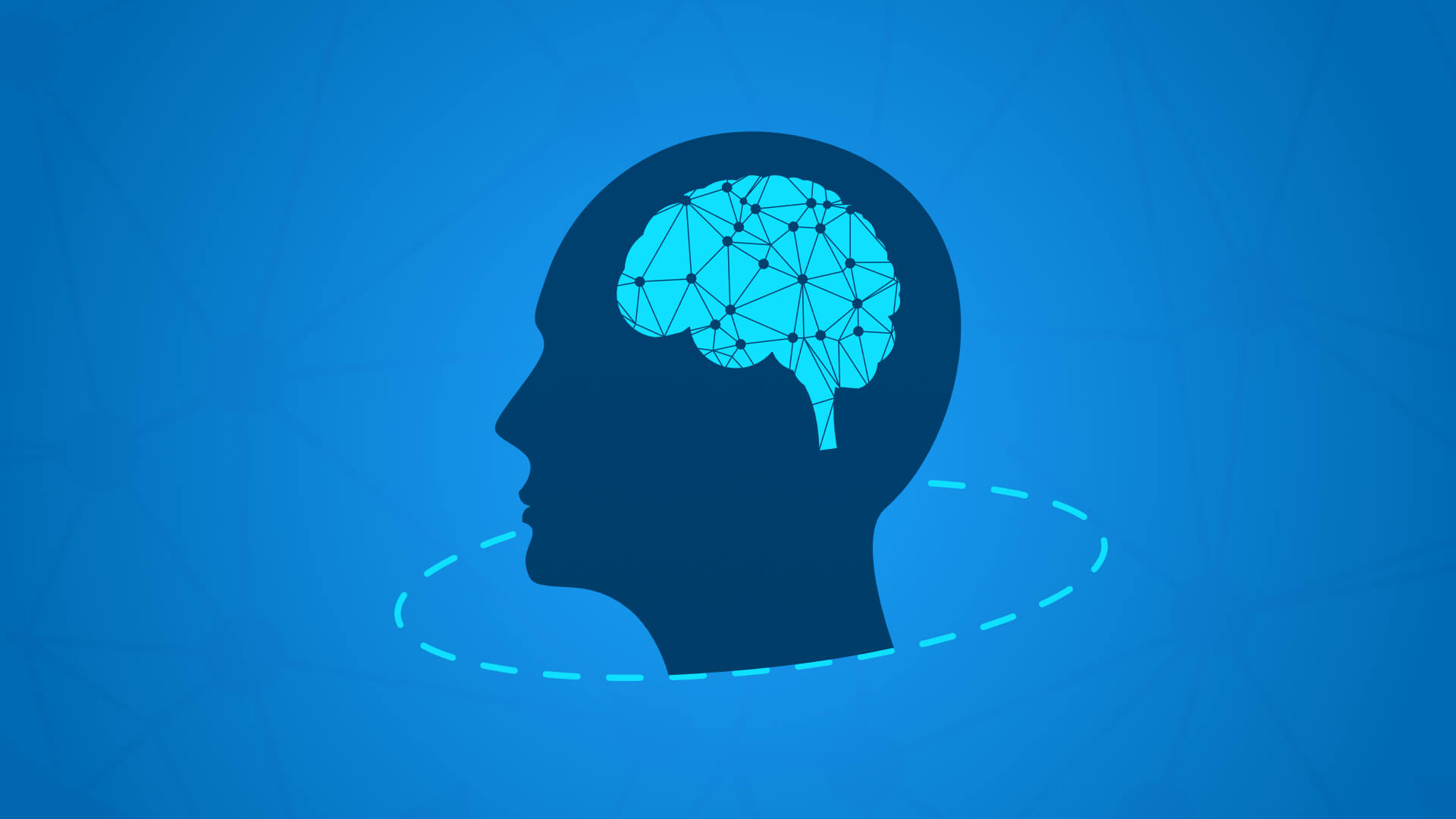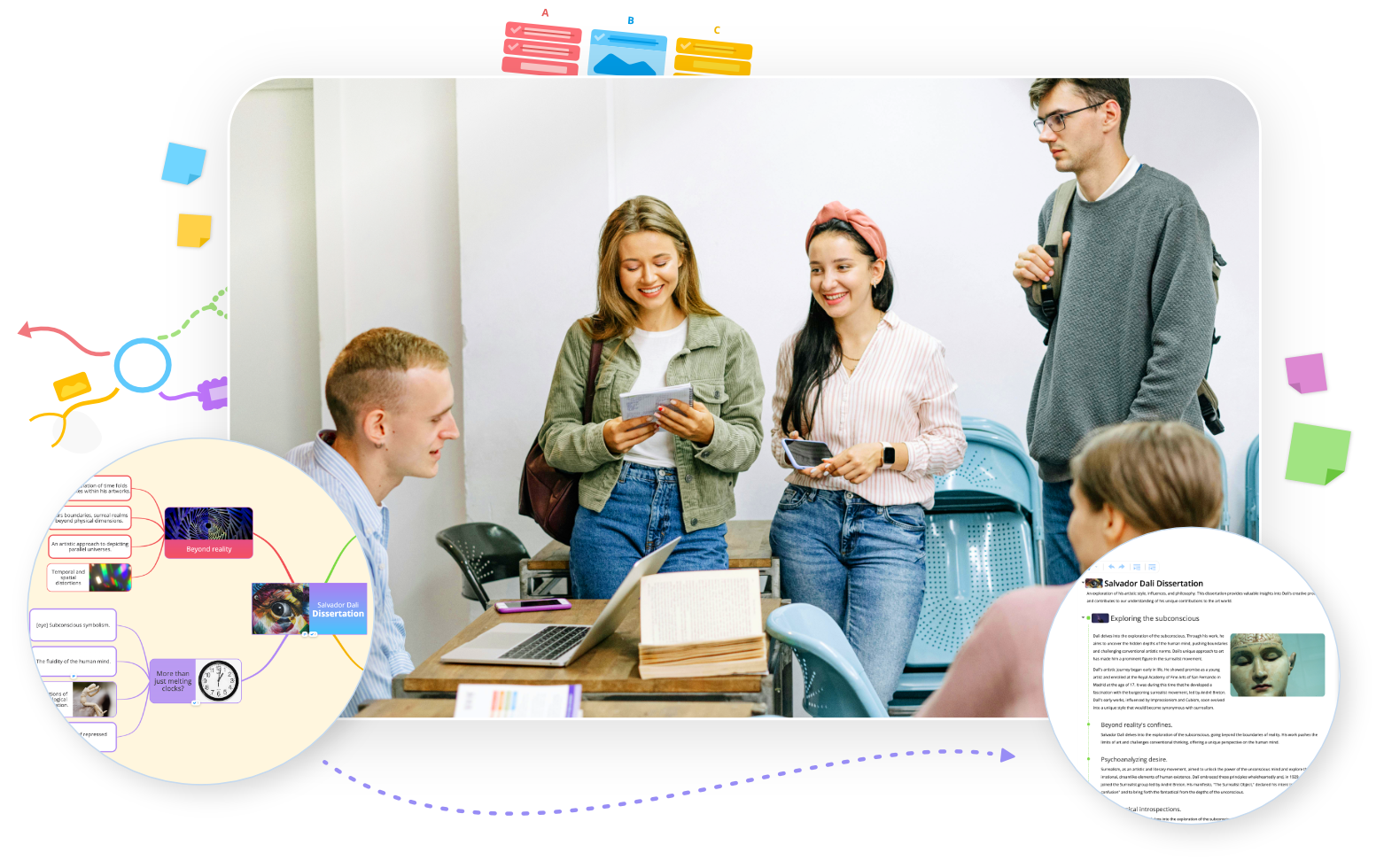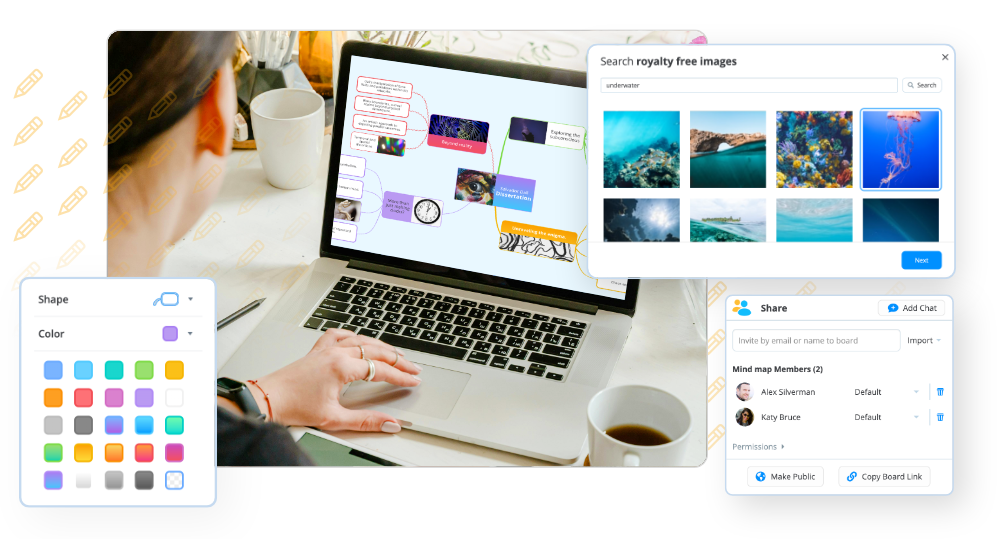Creativity can be a slippery thing, but there’s no denying its importance in society. In fact, many would argue that creativity is the defining human trait – the very thing which has propelled our continual advancement through ingenuity, invention, and discovery.
Creativity plays a huge role in our lives – aiding in everything from achieving success to finding fulfilment – with decades of robust research to back it up. Still, that doesn’t mean we have a good understanding of it. So, where exactly does creativity come from?
The subconscious mind
To understand the subconscious, let’s first identify what the conscious mind is. While there might be debate amongst the experts about what exactly we can classify as “conscious” – for the purposes of this topic, we only need to understand that the conscious mind refers to everything within our immediate awareness. Essentially, the thoughts, feelings and sensations you are consciously aware of and could feasibly label or point out (even if just to yourself).
Now, the subconscious mind brings us into slightly muddier terrain. The term was popularised by Sigmund Freud and exists alongside both the conscious and unconscious mind. Freud liked to use the iceberg analogy to explain this: anything above the water, the tip of the iceberg, is the conscious mind; just below the surface, but still visible, we have the subconscious mind (sometimes known as “preconscious”); and in the deep shadowy depths below lies the unconscious mind.
The unconscious mind is considered completely beyond our reach. It is made up of automatic processes, and formative memories and experiences. Some think of this as the primitive brain, ruled by instinct and untouched by the will of our conscious mind. Our subconscious mind, on the other hand, is where we store everything that is not in our immediate focus. Birthdays, memories, emotions – things you can recall if you’d like to, but aren’t necessarily thinking about right now.
Sparks of inspiration
Have you ever thought about the images we use to symbolise ideas? Lightning strikes, bulbs lighting up. What these metaphors seek to express is the ephemeral nature of ideas – seemingly appearing out of nowhere, often when our focus is elsewhere. Of course, they’re not actually coming out of thin air, even if it feels that way.
Every idea, even the most original and novel, is made up of existing ideas. In the same way that we can’t imagine a truly new colour but can blend existing shades to create different ones, creativity comes from the fusing of different ideas, perspectives and materials. If this sounds limiting, then it shouldn’t. With a whole world of raw materials, the possibility for new combinations is infinite.
So, what’s this got to do with creativity? Well, if ideas come from the reshaping of existing knowledge, then creativity starts in the very place knowledge is stored: your subconscious. After all, our conscious mind can only hold a very small amount of information at a time. This is the nature of focus, it is about zeroing in on what’s in front of us without interference from knowledge we might need later, but not in every moment.
The hungry subconscious
You can think of the subconscious mind as the springboard of the creative mind. To get some jump into those springs, you’ll want to give yourself something to chew on. After all, the more raw material you have, the more potential there is for powerful originality.
When we’re embarking on a new project or looking for creative ways to approach a particular problem, we’ll typically want ideas in a particular area. For example, if you’re looking for ideas to kickstart a new marketing campaign, new styling ideas for your wardrobe aren’t necessarily going to be helpful.
You’ve probably heard the saying “you are what you eat” – and this can apply to your mental diet, too. In other words, consuming information relating to the area you want to ideate in increases your chances of coming up with creative material in this area. That doesn’t mean you have to be narrow in your research, inspiration can come in many forms, but make sure there is at least a thematic connection.
Letting go of focus
So, your subconscious is fed, but how do you get it to spit out ideas? We’ve already talked about the limitations of the focussed mind (like a spotlight, it can only illuminate a small portion of space at once) and this extends to the idea-generation process, too. Ideas can’t be churned out through force of will alone. In fact, research shows that relaxing your focus is the best way to get truly creative results.
To be specific, it is the daydreaming state which gets the subconscious mind churning and twirling in order to present you with a seemingly out-of-nowhere idea when you’re doing something else entirely. Given the abundance of entertainment in our modern world, many people find this state is best entered into through the mundane. Taking up chores or doing something rhythmic like walking or going for a run perfectly facilitates a bit of mind wandering. And while you’re thinking about your dream holiday or imagining a new furniture arrangement for your living room, your subconscious is alight with activity forming new connections.
In a sentence…
The subconscious mind is the container of all your knowledge, filled with the raw materials needed to produce novel ideas, you can activate this creative energy through the daydreaming state.
Ayoa has been designed to tap into your neurological wiring to inspire creativity, lateral thinking and problem solving – try it for free today!


